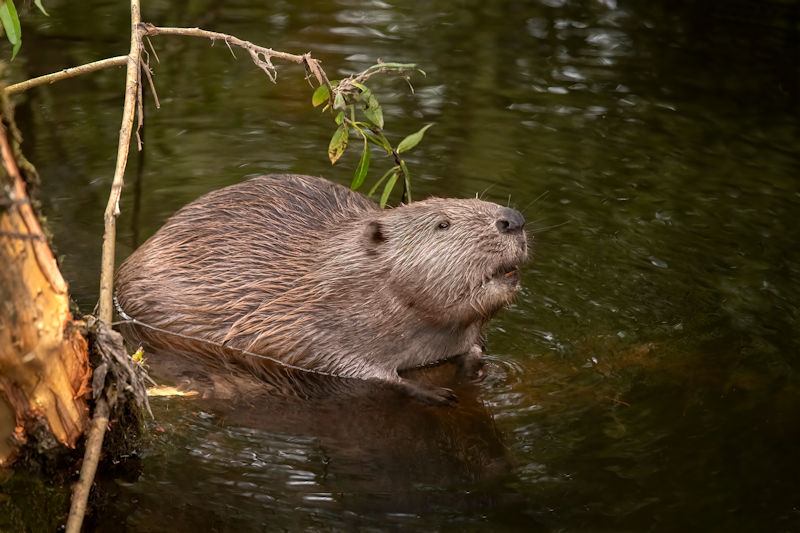In Maryland, where the waterways whisper tales of nature’s intricacies, the beaver plays a pivotal role. These industrious creatures, sculptors of ecosystems, find themselves at the heart of a complex environmental debate. The management of beaver populations through trapping, a practice both praised and critiqued, emerges as a vital tool in preserving the delicate balance of Maryland’s natural landscapes.
Beaver Management: A Necessity for Ecosystem Health
Beavers, with their natural knack for engineering, dramatically alter their surroundings. By building dams, they create wetlands – crucial habitats for numerous species. However, unchecked, their activities can lead to over-flooded areas, altered water courses, and even property damage. Effective beaver management, therefore, is essential in maintaining the health of Maryland’s ecosystems.
Ecosystem Balance: The Beaver’s Role and Human Intervention
The beaver’s environmental impact is a double-edged sword. On one hand, their dams support biodiversity, purify water, and help in sediment control. On the other, excessive damming can lead to undesirable changes in water levels, affecting both flora and fauna. Trapping, when done responsibly, helps keep these activities in check, ensuring that the benefits of beaver engineering are harnessed without tipping the ecological scales.
Wildlife Conflict: Mitigating Human-Beaver Tensions
As Maryland’s human population expands, interactions with beavers inevitably increase. Instances of flooded properties, damaged trees, and altered landscapes become more common. Through strategic trapping, wildlife managers can alleviate these conflicts, relocating beavers or controlling their numbers in high-conflict zones. This approach seeks a harmony where humans and beavers coexist without significant detriment to either party.
Trapping Benefits: A Controlled Approach to Conservation
Trapping, often viewed through a lens of controversy, serves a crucial function in beaver management. It’s not about eradicating beavers but managing their numbers to maintain ecological balance. Trapping provides a means to control beaver populations in areas where their activities pose significant challenges to human habitation and other wildlife species. When conducted ethically and scientifically, trapping can be an effective conservation tool.
In conclusion, the management of beaver populations in Maryland through trapping is a delicate dance of conservation. It’s about understanding the intricate web of life in which these creatures play a vital role and making informed decisions that benefit our ecosystems, wildlife, and human communities. As Maryland continues to navigate this path, the beaver remains a symbol of nature’s resilience and the complexity of our relationship with the natural world.

